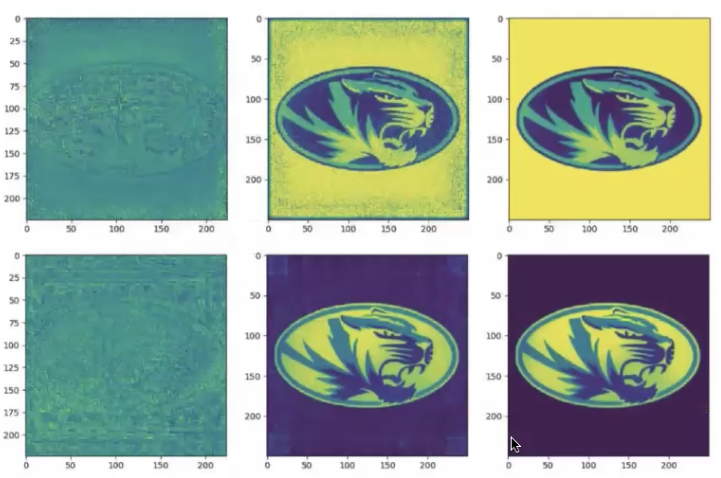
Using AI to Generate Holograms in Everyday Settings
Imagine being able to see a hologram of the person you’re talking to on your cell phone. Sound futuristic? Mizzou Engineers are finding ways to someday make that a reality. A research team is…
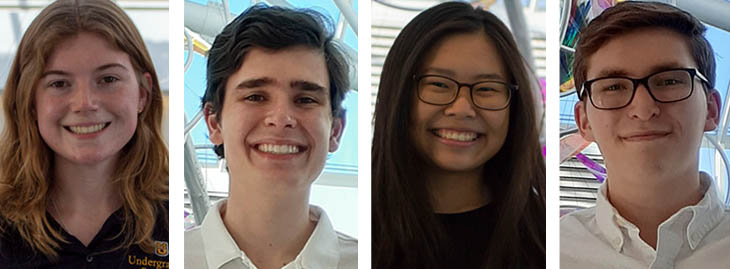
Engineering Students Participate in Undergraduate Research Day
Four Mizzou Engineers were among 14 MU students selected to present their work during the UM System’s Undergraduate Research Day.

Robotics Expert: New Type of Computing Needed for AI Revolution
Robotics have come a long way since Gui DeSouza was defending his dissertation on automated systems for automotive production lines in the 1990s. But he believes it will take a new type of computing before we see the lifelike robots made popular in science fiction.
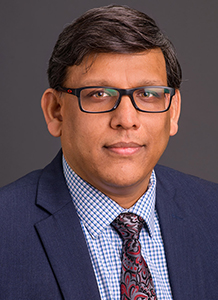
Rao Invited to Serve on Environmental Health Sciences Review Committee
Praveen Rao has been invited to serve as a member of the Environmental Health Sciences Review Committee, which serves as an advisory board to the National Institutes of Health (NIH). Members are appointed for a 3-year term.
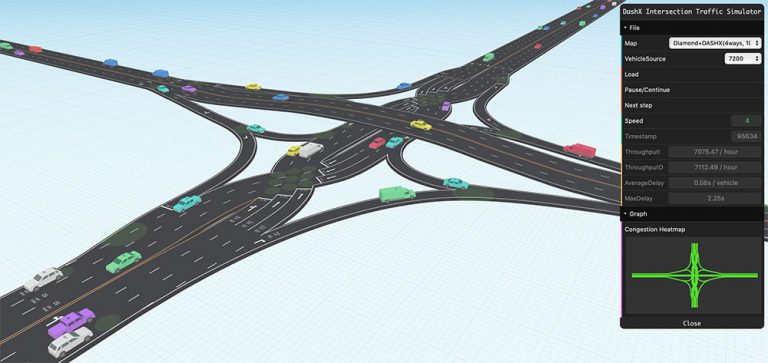
No More Red Lights? Proposed System for Self-Driving Cars Eliminates Need to Stop
Imagine getting through your evening commute safely and seamlessly without ever having to wait at a red light or stop sign. That’s what one research team at Mizzou Engineering is studying in anticipation of roadways filled with self-driving cars.
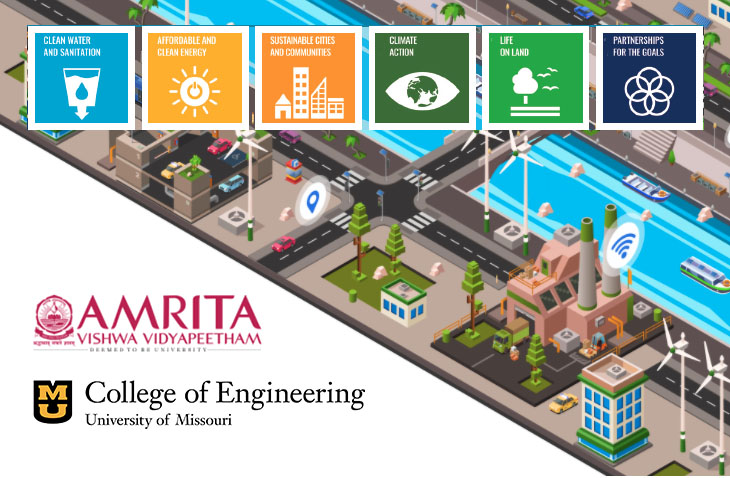
Partnership with Amrita Kicks off with International Symposium
Mizzou Engineering has formed a partnership with a top-ranked university in India to foster collaboration among researchers and students. The partnership between Mizzou and Amrita Vishwa Vidyapeetham aims to promote cooperation through joint research and publications, international initiatives, training programs and student exchanges.
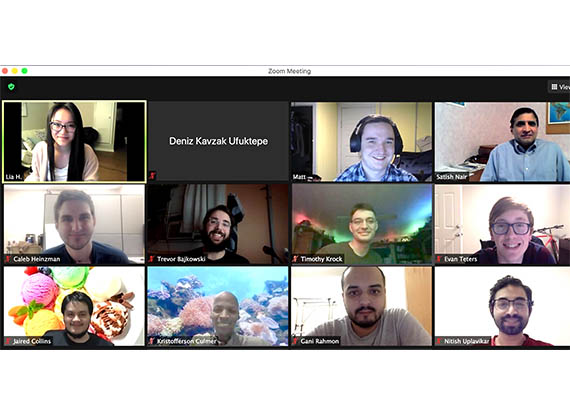
Professor Shares Insights into Neural Engineering
A highly renowned researcher took a few minutes out of his busy schedule this week to address graduate students in the Electrical Engineering and Computer Science Department. Satish S Nair is an EECS professor, director of the Neural Engineering Lab and one of the first researchers to begin using engineering principles to better understand the…

Mizzou Engineer Explores Challenges, Opportunities of Quantum Radar
A Mizzou Engineer was invited to weigh in on the “Opportunities and Challenges of Quantum Radar” for a prestigious magazine published by the Institute of Electrical and Electronics Engineers (IEEE). Jeffery Uhlmann published the paper with a co-author from the U.S Naval Research Laboratory in the November issue of IEEE Aerospace and Electronic Systems Magazine.…
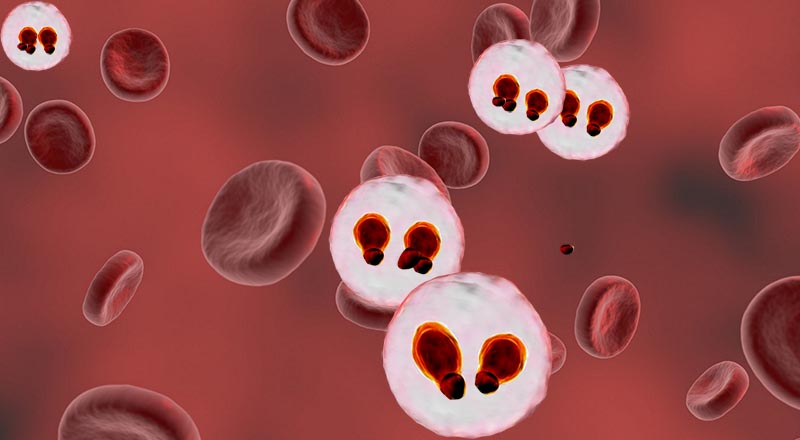
Mizzou Engineers Help Develop Smarter Way to Diagnose Malaria
Mizzou Engineers are part of a global team developing a smarter way to combat malaria—a leading cause of death in the world. Now, they’ve outlined a two-step approach that will use deep learning to more accurately and efficiently diagnose the disease.

Mizzou Engineers, USGS Create Tool to Test Oil in Water
Those responding to oil spills could soon have an easier way to determine the environmental impacts. A Mizzou Engineer is helping develop a tool to analyze water samples and measure oil levels using a smart phone. Dong Xu, Shumaker Professor of Electrical Engineering and Computer Science, is working on the project with the U.S. Geological Survey.